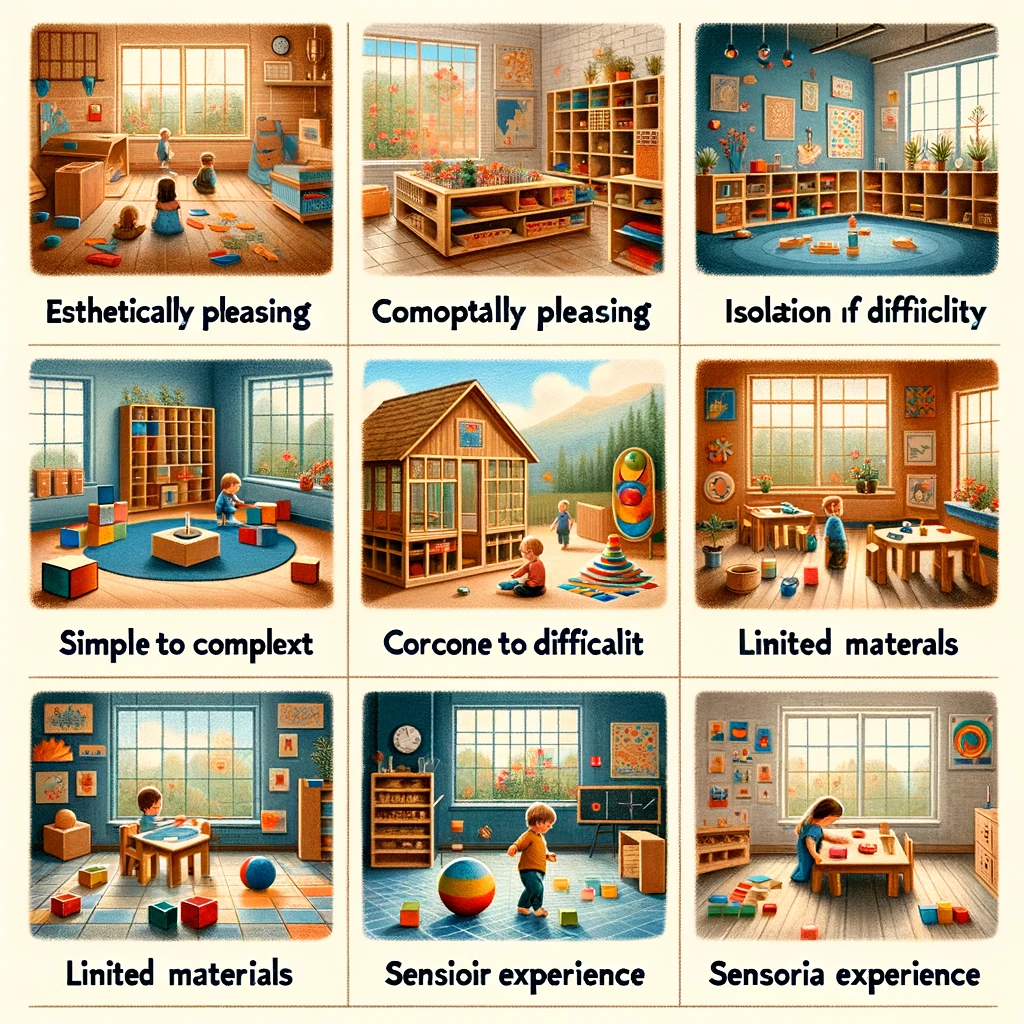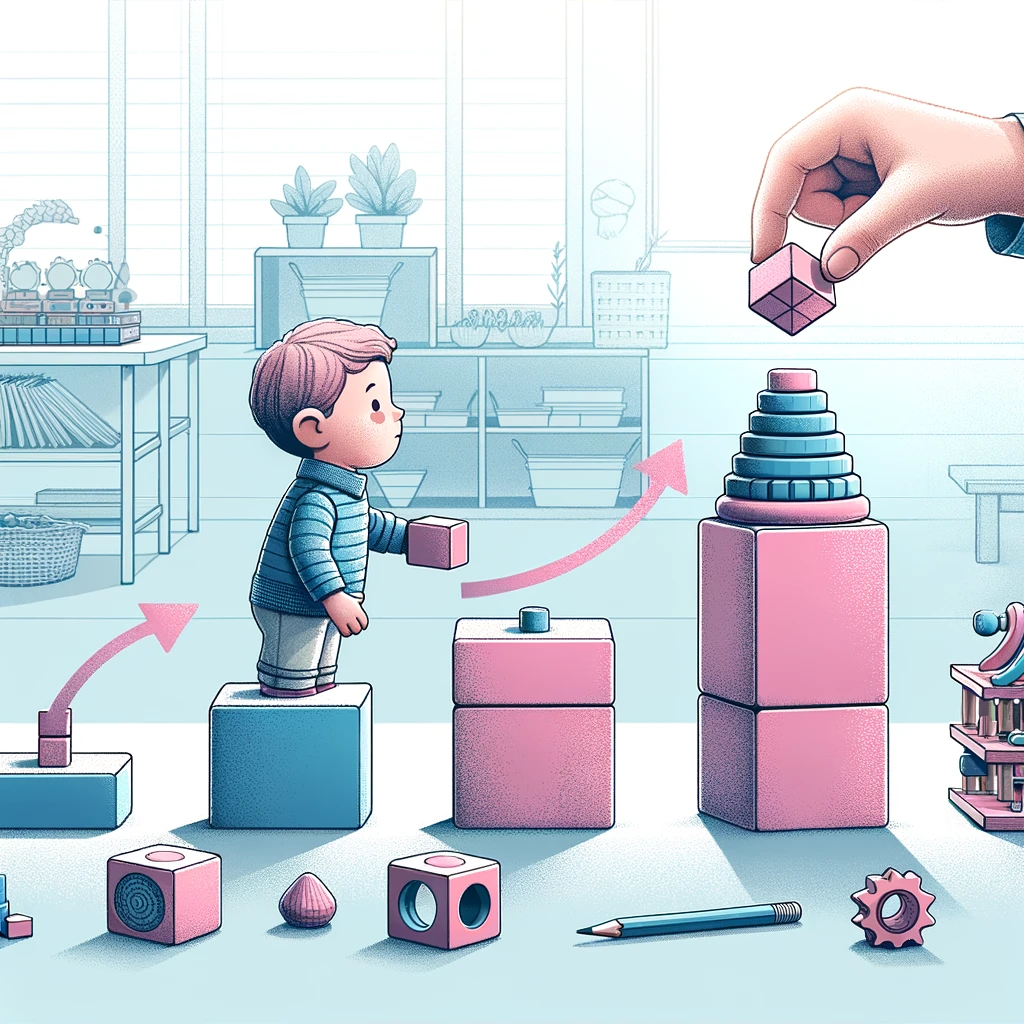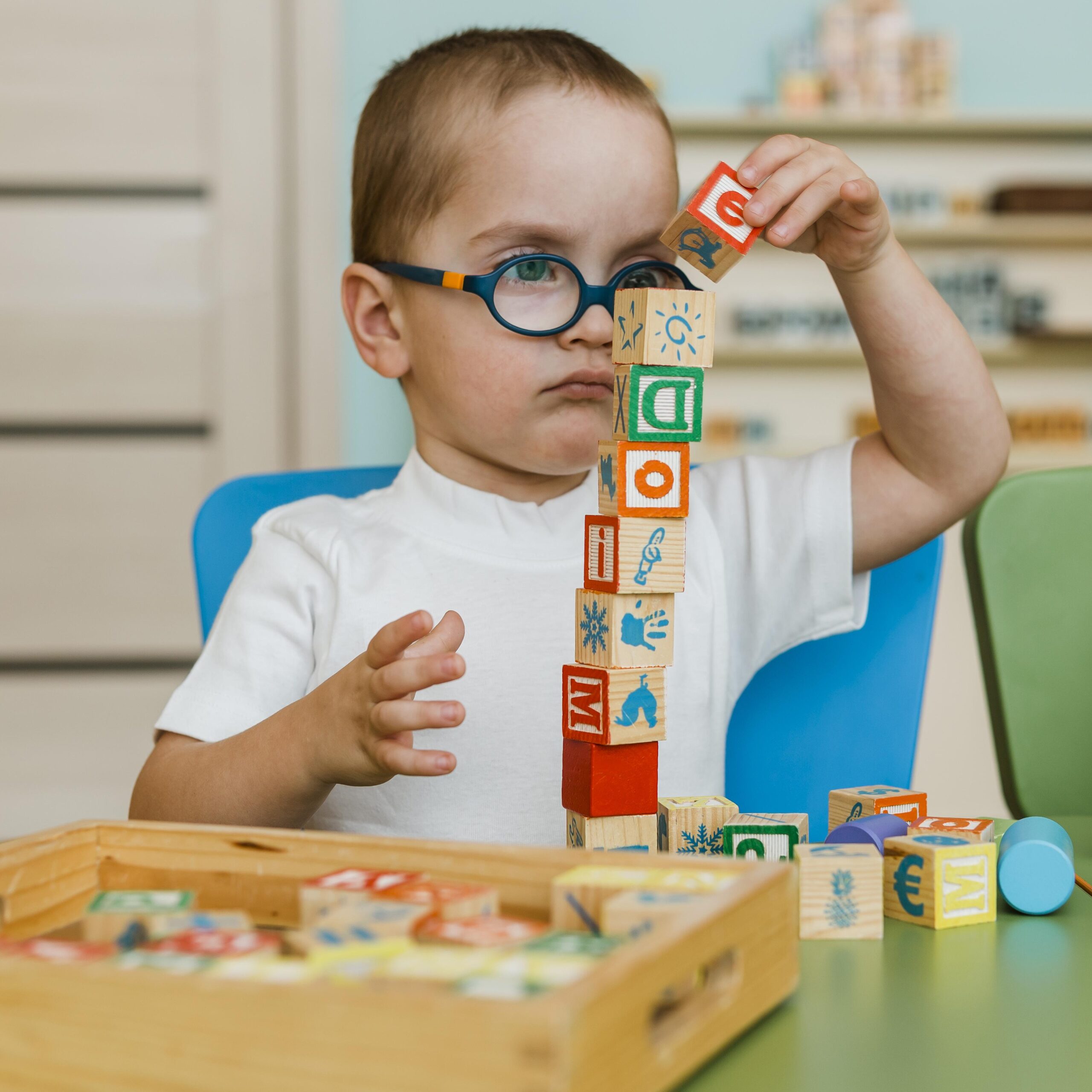8 principles within the Montessori Materials cloth have awesome significance in Montessori gadget of schooling. However a great directress does not over emphasize their importance in relation to the element inside the Montessori method .
Their cause is also often stressed . They need to no longer be mere learning equipment or audio visible aids inside the traditional experience ,because their cause isn’t always the outside one of coaching kids skills or offering expertise .Rather , the intention is internal one among helping the kid’s self-construction and psychic development.
They assist kids in reaching thorough improvement through attracting kids , taking pictures their , fulfilling their improvement desires and initialing a manner of attention . They’ve now not been designed to make children passive, expecting the instructor to use it and supply guidance.
Rather, have been designed retaining in the view the energetic character of the kid who develops on its pawn thru energetic interaction with the environment.
The following are key standards of Montessori substances;
8 principles within the Montessori Materials

1. Esthetically Pleasing
All of the 8 principles within The Montessori Materials equipment’s are esthetically pleasing. They are made up of very fine quality material… well polished, or varnished .Practical life materials are very carefully selected, ,making sure that they are child sized and of fine quality. This esthetic quality of Montessori materials the child’s attention, and allow him manipulated the materials with ease.
2.Corresponds to the child’s inner needs
All Montessori materials have been designed after closely observing the children, studying their sensitive periods and understanding their developmental needs.
3.Isolation
.The term isolation is interpreted in two ways:
Each material deals primarily with one isolated concept at a time. For example, pink tower desks primarily with the development of visual description. Therefore, all the ten blocks of a pink tower in similar in color and shape but very in one aspect only i.e. size unlike different block tower often found in toy stories. The material is designed to be used by one child in isolation from the rest of the children and the directress.

4.Simple to complex
Montessori material progress from To more complex design and usage. For example, placing the biggest cube of pink tower is the easiest and the simplest and the cube on the top of the tower is the most difficult part and requires complexity.
5.Prepares the child for Future Learning
The materials are designed to prepare the child indirectly for future learning . For example, the child indirectly gets pencil training by holding the knobs on blocks and other insets and gets ready for writing . The use of design also indirectly prepares the child for writing.

6.Concrete to Abstract
Nature wants the child to have concrete experiences first … that is why hands are the instrument to mind during the early years. The child is always eager to hold and touch things. Later on, this subsides… for the child to have abstract experience also. It is also important to understanding that abstract idea come basis of concrete experiences.
Almost all activities in a Montessori classroom begin with a concrete experience and move on to abstract ideas. For example, in a Montessori classroom the child first learns to discriminate between big and small by building up the pink tower, which is a concrete experience .
When the child has successfully built a tower … this is a proof that his eyes now can see the difference between big and small. Only after successfully mastering building the tower, the child given the word ,,BIG,, and ,,SMALL,, as language is abstract.
7. Auto Educational & Self Correcting
8 principles within The Montessori Materials are auto-education. They also have an inbuilt control of error. The child does not require the teacher to tell them that he has made a mistake. He can recognize his own mistake. The tower will either topple down or will not look harmonious if the block are not placed properly. Due to this attribute of Montessori materials , the child is able to correct himself, and gets ,ore in contrite of the learning process.
8.All of the material is limited.
The term limited is interpreted in two ways;
.to the fact that there is only one of each material in the environment. This calls for other students to build on their patience.
.to the idea that not all the information is given to the child. This child is not given every color in the world, but only a select few.

conclusion
The 8 principles within The Montessori Materials method, via its cautiously designed substances and academic philosophy, offers a completely unique and effective method to childhood schooling. This approach prioritizes esthetic enchantment, sluggish progression from easy to complex tasks, and the transition from concrete stories to abstract reasoning. Each Montessori cloth isn’t always most effective visually attractive and made of fantastic substances however is likewise designed to fulfill the kid’s developmental wishes, fostering a deep, intrinsic motivation for getting to know.
The 8 principles within The Montessori Materials lecture room is a testimony to the significance of self-directed mastering, car-training, and self-correction. Children discover ways to apprehend and accurate their errors independently, which is a essential existence skill. This surroundings encourages persistence, perseverance, and a deep expertise of ideas, preparing kids now not only for instructional fulfillment but for lifelong learning.
The principles of isolation, confined materials, and the focal point on concrete earlier than summary mastering further enhance the kid’s capability to pay attention, apprehend, and observe understanding. These strategies make sure that children aren’t beaten however are as an alternative furnished with a structured, supportive environment that respects their character getting to know tempo and fashion.
In end, the 8 principles within The Montessori Materials technique represents a profound understanding of infant development, supplying an academic revel in that is both enriching and empowering. By emphasizing hands-on studying, self-discovery, and a respectful, toddler-centered surroundings, Montessori education prepares youngsters no longer just for college, but for lifestyles. Its legacy is a reminder of the profound effect that considerate, cautiously designed educational practices could have on the development of young rookies.
FAQ’s
1. What is the Montessori Method?
The Montessori Method is an academic technique advanced with the aid of Dr. Maria Montessori. It emphasizes self-directed interest, hands-on mastering, and collaborative play. In Montessori classrooms, kids make innovative choices in their mastering, even as the classroom and the instructor offer age-appropriate sports to manual the system.
2. How does a Montessori school room range from a traditional lecture room?
Montessori lecture rooms are characterized by way of a focus on man or woman studying and tempo, with a combination of ages among college students. The environment is designed to inspire exploration and discovery through arms-on substances. Unlike traditional classrooms, which frequently depend on direct guidance, Montessori school rooms vicinity a strong emphasis on self-directed gaining knowledge of and collaboration.
3. What are Montessori materials?
Montessori Materials substances are mainly designed instructional tools that encourage exploration and allow youngsters to research standards from concrete manipulation to summary wondering. These substances are self-correcting, which means they’re designed so that the child can without problems see and correct their mistakes independently.
4. At what age can children begin Montessori schooling?
Montessori schooling can start as early as infancy. The programs are generally labeled into several ranges: Infant (0-3 years), Primary (3-6 years), Elementary (6-12 years), and Adolescent (12-18 years). Each level is designed to satisfy the developmental wishes of that age institution.
5. How does Montessori put together kids for the destiny?
Montessori education pursuits to expand the complete toddler, specializing in social, emotional, intellectual, and bodily development. It prepares youngsters for the destiny by way of fostering independence, willpower, crucial questioning, collaboration, and a love for lifelong studying.
6. Can Montessori accommodate children with special desires?
Yes, the Montessori approach may be adapted to satisfy the desires of children with a wide variety of learning styles and abilities, inclusive of people with special wishes. The individualized studying approach and sensory-based substances may be in particular useful.
7. Is Montessori education most effective for preschool kids?
While Montessori is possibly first-class recognized for its fulfillment in preschool schooling, the approach is relevant to kids and youth up to 18 years of age. Montessori secondary programs retain the philosophy of self-directed studying with more complex materials and ideas.
8. How is fulfillment measured in a Montessori environment?
Success in a Montessori environment is measured greater through the improvement of the kid’s competencies, along with independence, creativity, and hassle-solving, rather than traditional grading structures. Teachers observe college students’ development over the years, specializing in their improvement and mastery of competencies.
9. Are Montessori teachers in particular educated?
Yes, Montessori instructors go through specialized education for the level they educate. This training covers Montessori philosophy, use of the Montessori substances, and strategies for looking at and supporting kid’s man or woman development.
10. How can dad and mom help Montessori schooling at home?
Parents can support Montessori education at home via creating an surroundings that encourages independence and gaining knowledge of. This can consist of putting in baby-sized furnishings, imparting access to mastering substances, and encouraging children to participate in each day lifestyles sports, consisting of cooking and cleansing.

1 thought on “What are the 8 principles within The Montessori Materials?”